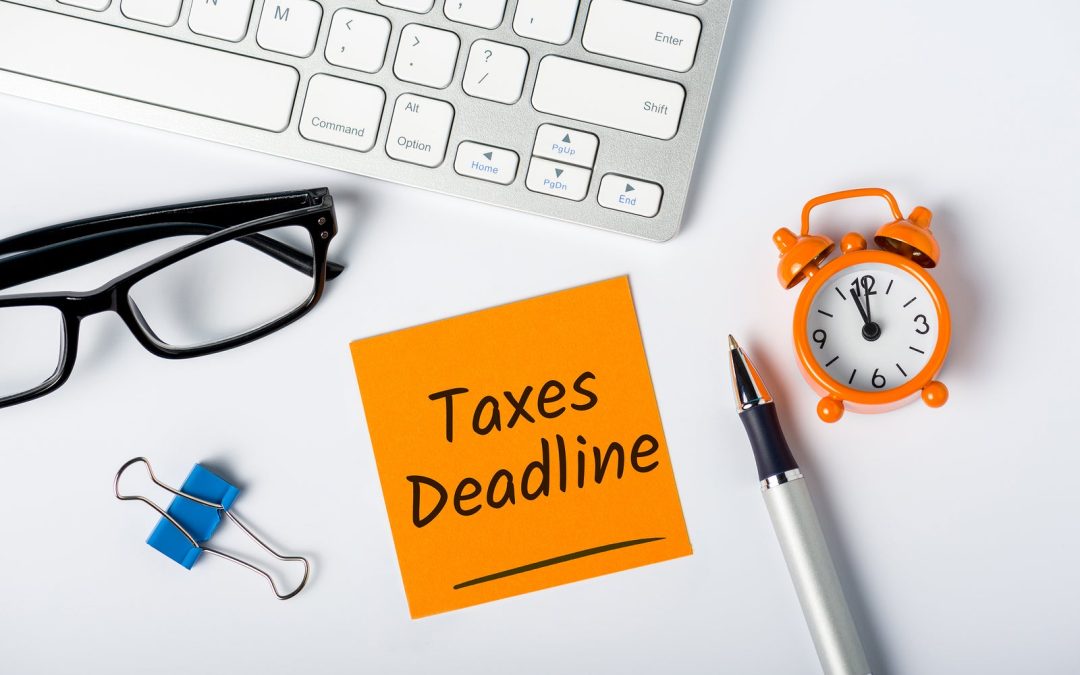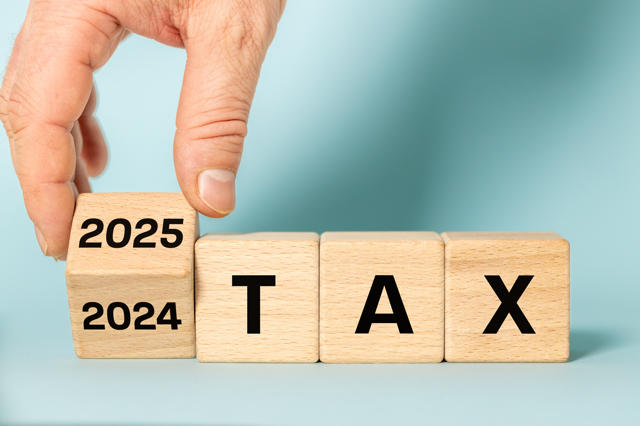As a taxpayer, if you don’t pay your tax, pay late or underpay, you are subject to use of money interest. So what does this mean?
When do you have to pay use of money interest to Inland Revenue?
Taxpayers that must pay use of money interest are those who:
- have under-estimated their provisional tax
- have earned income which has either not been taxed, or has not had enough tax deducted from it, and the end of year residual tax works out at $60,000 or more
- pay their taxes late.
COVID-19
Inland Revenue has discretion to write-off penalties and interest for businesses unable to pay taxes on time due to the impact of COVID-19. You should still file returns, and when you are in a position to do so, you should indicate when tax can be paid, or request instalment arrangements. You may be eligible for a UOMI write off. Contact us to see how this affects your business.
How is the actual amount of use of money interest calculated?
Use of money interest rates are set by Inland Revenue Department. They are set at a level intended to discourage taxpayers from using Inland Revenue like a bank. At the moment the rate at which you pay use of money interest is 7.28%. However, from 8 May 2020, the rate at which you receive it (if you overpay your tax and you are in one of the above categories) has remained at 0.0%.
If you are late paying your taxes you will incur a use of money interest charge until the account is clear. Even if you enteran arrangement to pay off your taxes over time you must pay the interest (in these cases you will often be able to avoid any further penalties).
The calculation formula does not take into account any seasonal variations that occur in your business income cycle. For example, if you make most of your money in the latter part of the year, it makes no difference to the calculations. Inland Revenue will assume that your income was earned evenly throughout the year.
Provisional taxpayers using the standard uplift method
For all taxpayers who use the standard method to calculate and pay provisional tax, use of money interest is not payable on the first two provisional tax instalments but will only apply from the third instalment.
For taxpayers who use the standard uplift method and have an Income Tax Liability (Residual Income Tax) of less than $60,000, use of money interest will not be payable on any resulting shortfalls at each instalment date. Note however, use of money interest will still be payable where the Income Tax Liability (Residual Income Tax) has not been paid by the terminal tax date (7th April of the year following balance date for a 31 March balance date taxpayer).
The GST ratio option
If you choose to use the GST ratio option, you are not charged use of money interest. The GST ratio option allows you to base your provisional tax payments on a percentage of your GST taxable supplies. It applies to provisional taxpayers that are also GST registered and who:
- have been GST registered for more than two years
- have a residual tax liability of less than $150,000
- are on a one-monthly or two-monthly GST registration
- apply to Inland Revenue before the beginning of the income tax year
Partners in a partnership are not able to use this option as they are not GST registered (it is the partnership that is GST registered and the individuals that are the provisional taxpayers).
Inland Revenue determine an appropriate percentage which you use to pay your provisional tax. Every two months you include a payment of provisional tax in your GST return based on the amount of your income. You can make adjustments for any asset sales included in your income for a certain period.
This may suit your business better if you have fluctuating seasonal cash flow patterns. We can discuss this with you further if you are interested.
Accounting Income Method (AIM)
With the Accounting Income Method, as long as you make your payments in full and on time, you will not be liable for use of money interest. Small businesses with a turnover of less than $5 million a year and the approved accounting software can work out their provisional tax using AIM. You pay provisional tax at the same time GST returns are filed.
You only pay provisional tax when your business makes a profit. If your business makes a loss you can get your refund straightaway rather than waiting until the end of the year.
Minimising use of money interest
Regular tax planning is important for your business. Where you are likely to fall into the interest regime, it may be advisable to make voluntary payments of provisional tax as you go, as it is likely that you will find it cheaper to finance your tax payments through your trading bank or by using a tax pooling intermediary.
We recommend that you obtain a good computer package which produces reliable, regular management reports, so you can see your income unfolding as the year progresses. You may wish to take responsibility for the completion of those reports yourself, or you may wish us to complete them for you, as so many of our clients do.
Keep in mind
Make sure you have a broad idea of your likely tax commitments in advance. Here at Walker Wayland, we can prepare a tax plan for you.
If your income circumstances change, let us know as there may be provisional tax (and interest) consequences.





